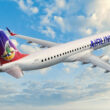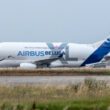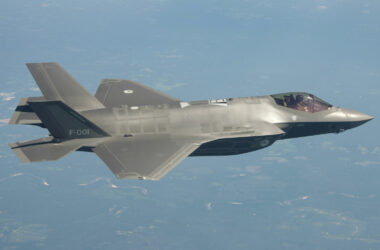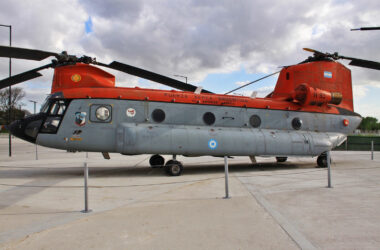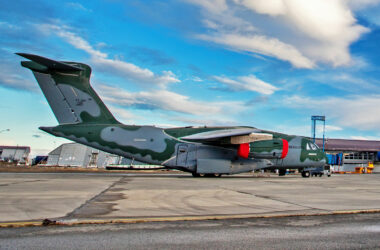Boeing and the United States Air Force (USAF) reached a major milestone on June 28, the first successful flight of the production T-7A Red Hawk.
The event marks the beginning of the program’s engineering and manufacturing development phase, achieving significant advances in the area of advanced air training.
Follow ADN: Instagram | Twitter | Facebook
On the maiden flight, which lasted 1 hour and 3 minutes, Major Bryce Turner of the USAF’s 416th Test Squadron, along with the T-7A program’s chief test pilot, Steve Schmidt, evaluated and validated key aspects of the aircraft. .
Most popular posts
[wpp range=’last24hours’ wpp thumbnail_width=100 thumbnail_height=75 limit=3 stats_views=0 order_by=’views’]Through the aerial demonstration, it was possible to prove the power and agility of this plane, which is the first advanced trainer to be digitally designed, built and tested in the USA.

The T-7A Red Hawk, which features red tails, honors the Tuskegee Airmen, the first squadron of African American pilots who flew fighter jets during World War II.
Digtal tools
One of the main advantages of the T-7A is its advanced pilot training system, which uses high-resolution simulators and integrated resources to provide a realistic and immersive training experience, as claimed by Boeing.
The result is improved pilot readiness, more efficiently preparing them for the challenges and demands of real-world missions.
The aircraft also underwent an extensive testing process based on digital models, ensuring safety even before the first flight.
Tails of red fly overhead❗️
The first T-7A #RedHawk soared through the sky completing its first flight with the @USAirForce. A U.S. Air Force pilot tested the red-tailed jet and demonstrated the power and agility of the advanced trainer. pic.twitter.com/PTcse79HWJ
— Boeing Defense (@BoeingDefense) June 28, 2023
The T-7A’s cockpit exit system is considered the safest of all trainers, providing pilots with peace of mind during training flights.
Flexibility is also a highlight of the T-7A. With its open architecture and fly-by-wire digital controls, the aircraft can adapt to different missions and the ever-evolving needs of pilots.

This versatility ensures that training is always up to date and in line with emerging technologies and battlefield threats.
Replacement of the T-38 Talon
Evelyn Moore, Boeing T-7A Red Hawk vice president and program manager, celebrated the first flight of the production T-7A. “This first flight with the Air Force represents our team’s commitment to delivering a new level of safety and training for fighter and bomber pilots.”
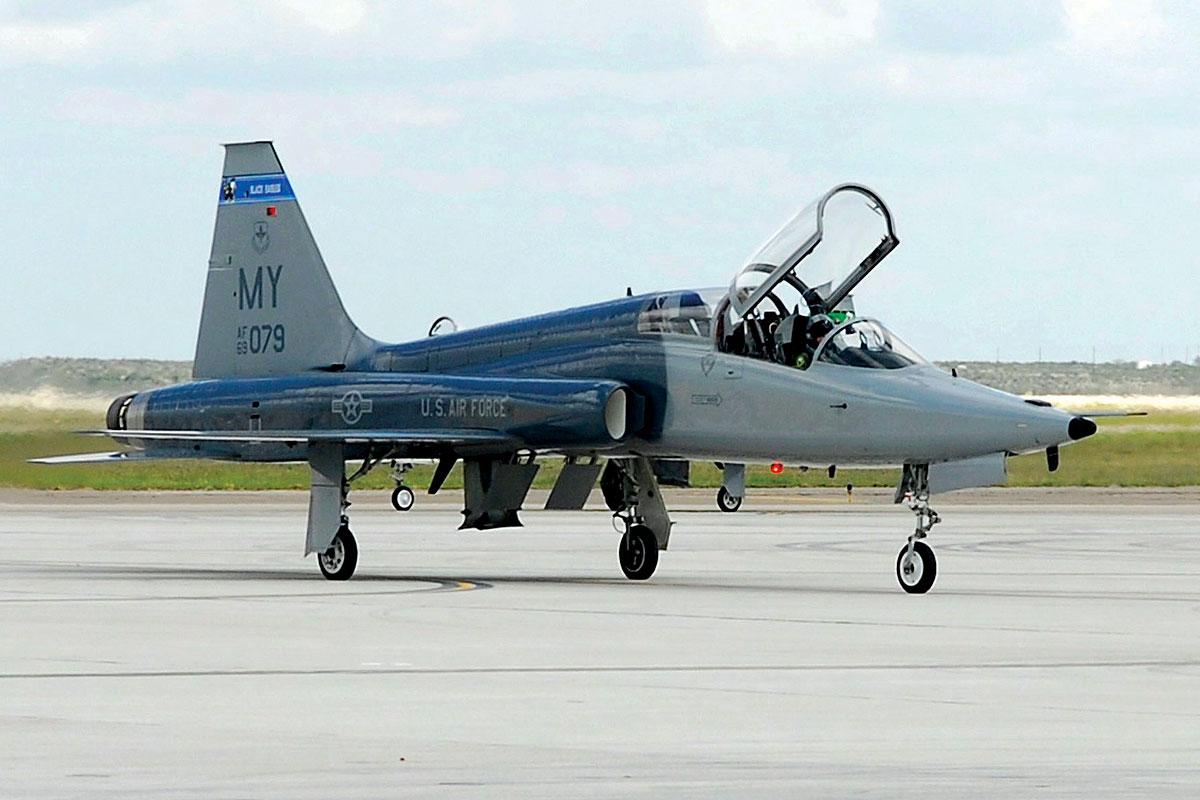
The trainer jet, which was developed by Boeing in partnership with Saab over a period of 36 months, underwent an engineering process based on digital models, 3D design and advanced manufacturing, resulting in a significant increase in quality and reduction in hours. assembly.
In 2018, the US Air Force awarded Boeing a contract worth $9.2 billion to supply 351 T-7A advanced trainers, 46 simulators and support. The acquisition is part of the USAF’s plan to replace aging T-38 Talon aircraft.


